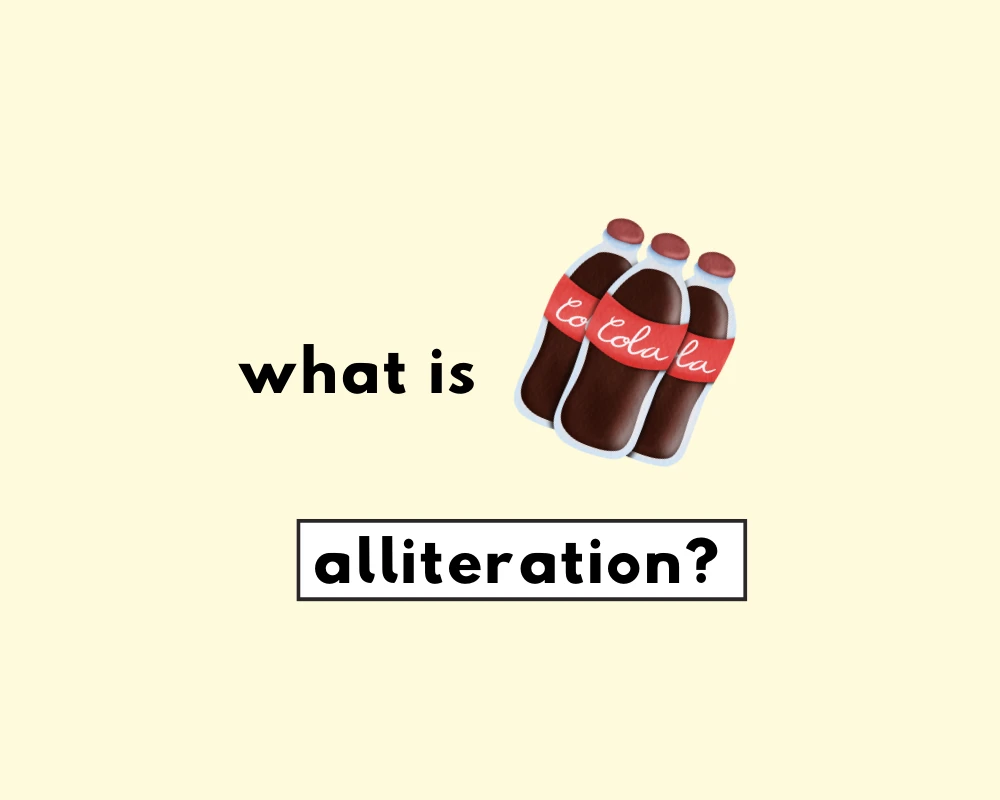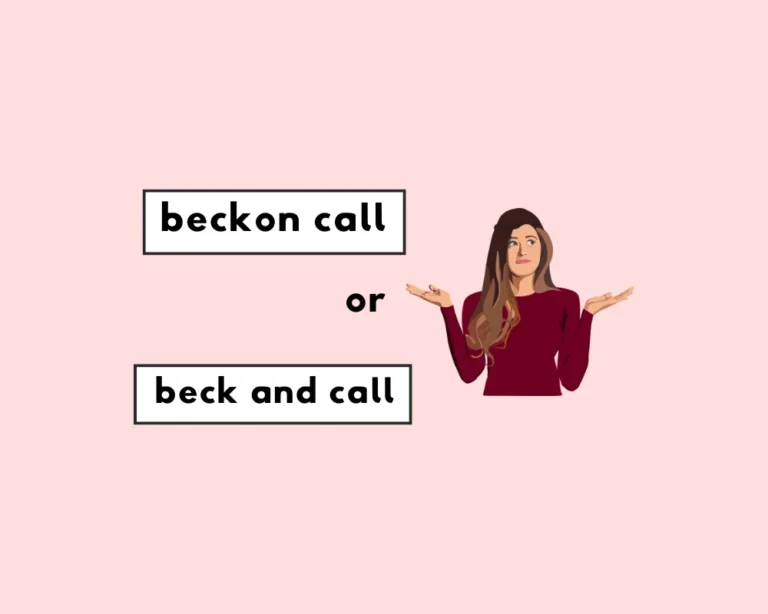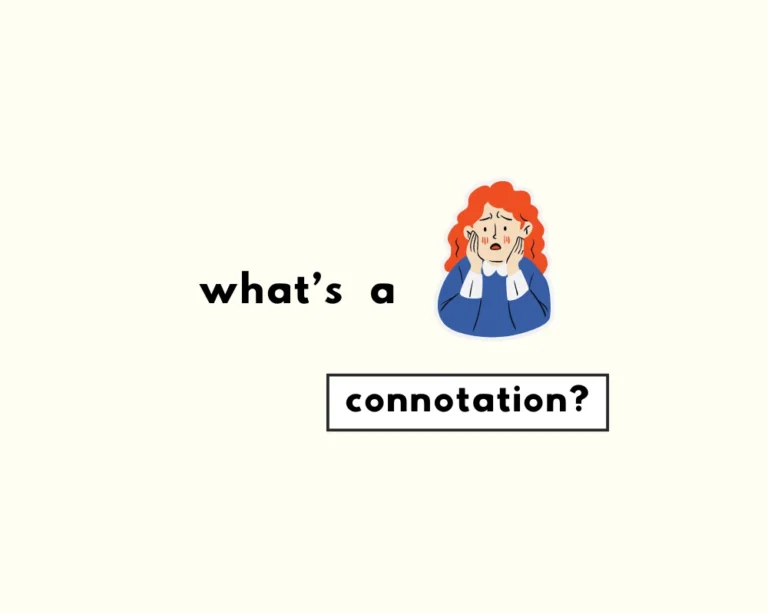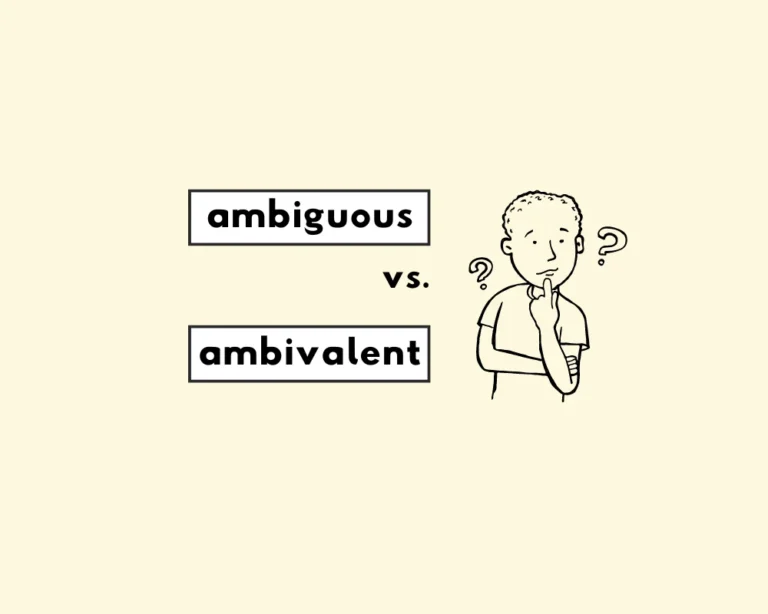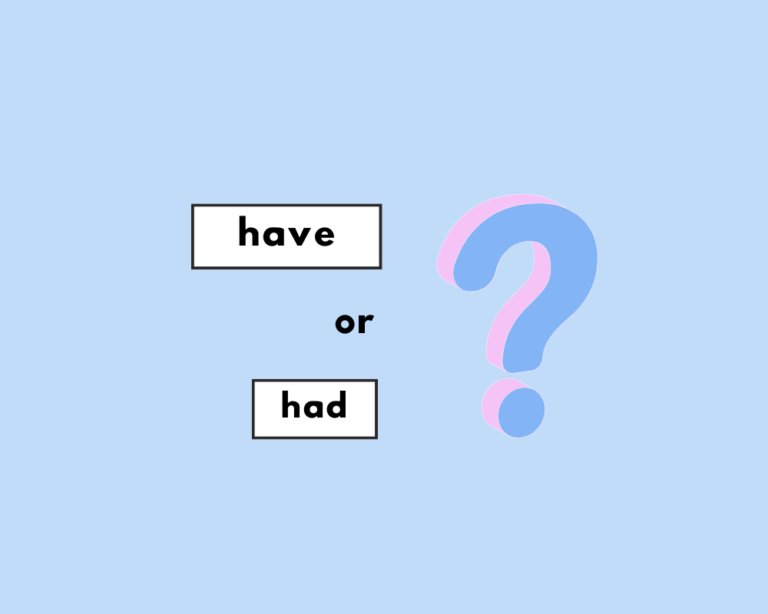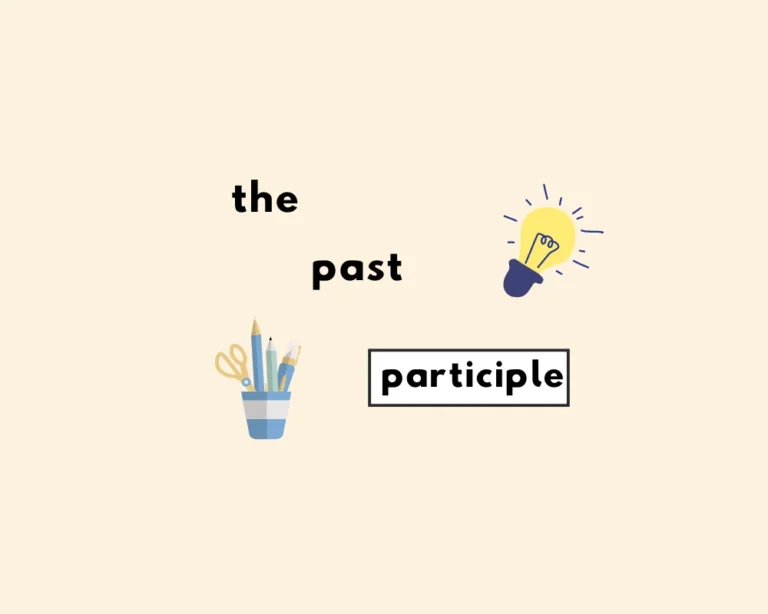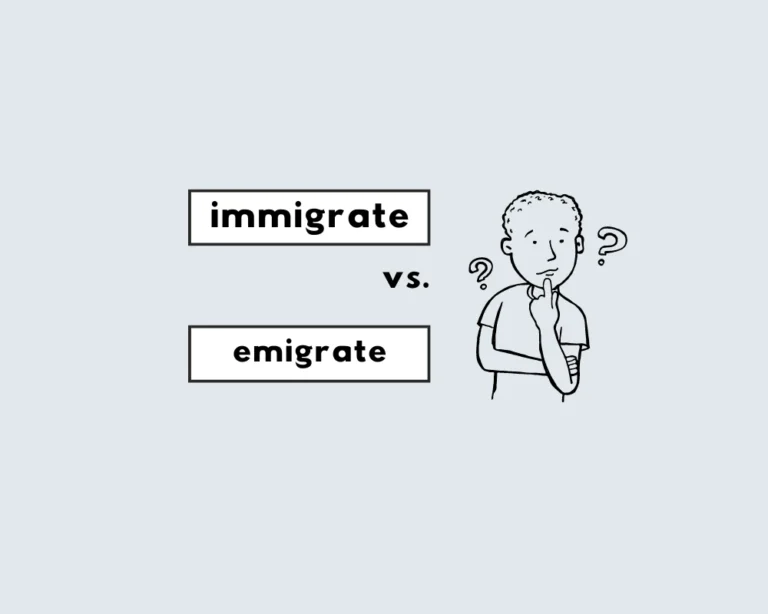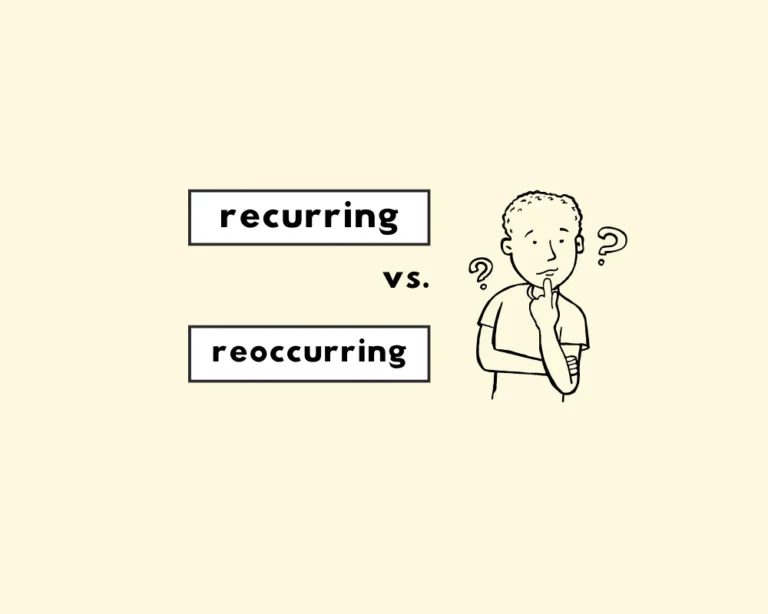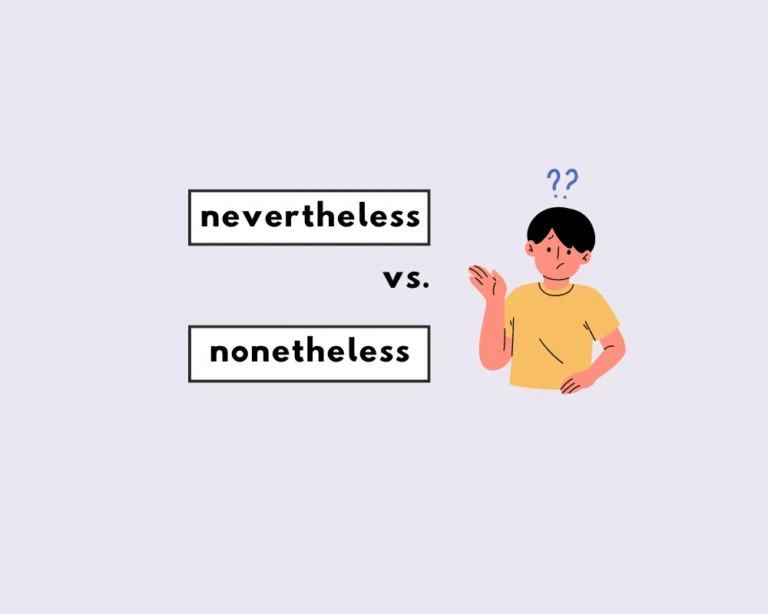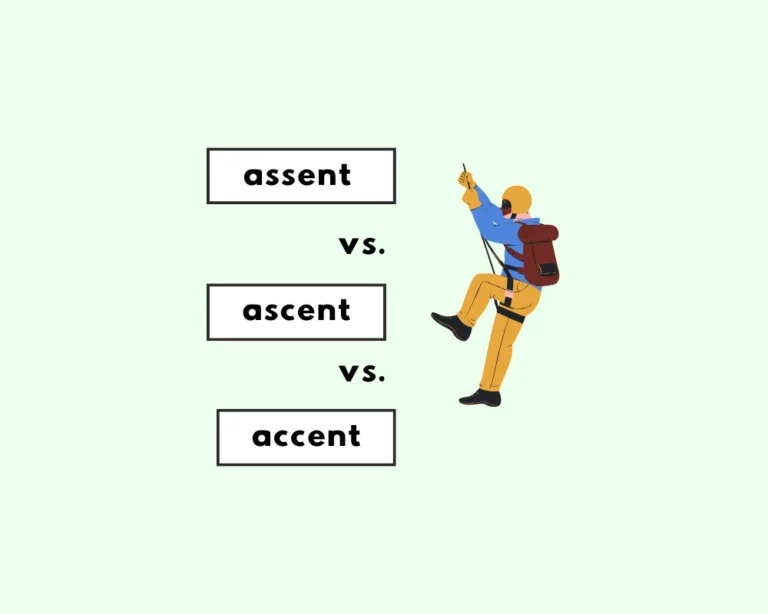Kit Kat. Dunkin’ Donuts. Coca-Cola. Paypal.
What makes these familiar phonetics fun? This is the function of alliteration, of course! What do the previous sentence and the brand names written above have in common? If you guessed ‘the repetition of consonant sounds in two or more words in close proximity‘, you guessed right.
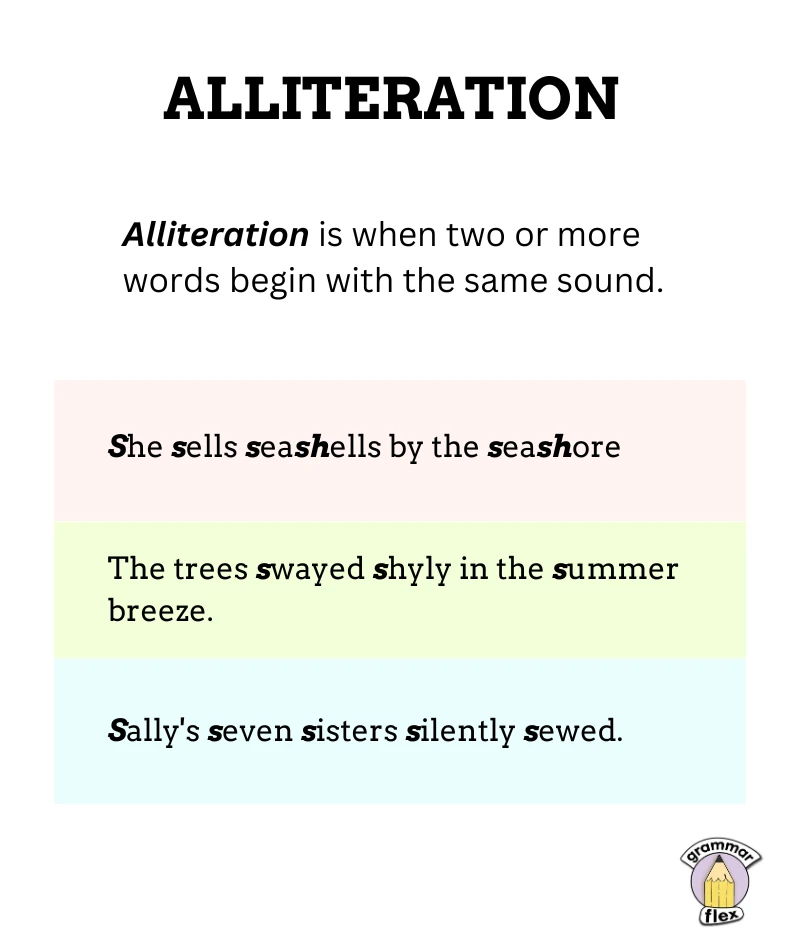
Contents
Toggle
What is alliteration?
She sells seashells by the seashore. This repetition of sounds is the effect of a literary technique known as alliteration. We see (or rather, hear) alliteration all the time; even if you may not realize it. We use alliterations for a whole bunch of reasons: to make names more memorable, (like brand names); to smoothen the sounds in poetry, songwriting, phrases and to evoke a sense of rhythm and melody in writing.
Put simply, alliteration, which can also be called initial rhyme or head rhyme, is when the beginning sounds of words repeat. The key word here is sound, not spelling. When it comes to alliteration, we pay attention to the sounds that words make, whether or not they use the same spelling. For example, in the sentence ‘she cuts carrots in the kitchen‘, the letters ‘k’ and ‘c’ are used alliteratively since they create the same sound.
Likewise, just because words in a phrase or sentence may start with the same letter consecutively or in close proximity, this doesn’t necessarily mean it’s alliterative. ‘She cuts celery in the kitchen‘ just doesn’t have the same ring to it, the ‘ring’ being the alliterative effect. That’s because the ‘c’ in celery is a soft c and sounds more like an s than the c in carrots. And so, the alliterative effect is attenuated.
Again, when it comes to alliteration, the effect is something we hear rather than see or read (even if we hear it in our minds when we read). Another point to keep in mind is that words don’t need to be directly next to each other to be considered alliterative. While alliterative words will often appear right next to each other in writing, this is not invariably the case, and there is no exact rule which states how near or far words need to be in order to form an alliteration. The best way to detect an alliteration is simply to try and hear it (if you can’t hear it, it’s probably not there).
When to use alliteration
Alliterations give a fun way to add a sense of whimsy and musicality to all forms of writing and speech. They’re extremely popular with brand names because it makes them catchy and stick in our heads, as we see with brand names Kit Kat and Paypal. Alliteration is popular in poetry, songwriting (especially rap music), speeches, playwriting and children’s books. A few examples of children’s books that notably feature alliteration are:
- Princess Prunella and the Purple Peanut by Margaret Atwood
- The Great Fuzz Frenzy by Janet Stevens
Tongue-twisters
Surely you’re familiar with this tongue-twister; which is a classic example of alliteration, with the repeated “s” sounds creating a playful and rhythmic quality:
She sells seashells by the seashore.
Here’s another famous tongue-twister that showcases the “p” sound:
Peter Piper picked a peck of pickled peppers. If Peter Piper picked a peck of pickled peppers, where’s the peck of pickled peppers Peter Piper picked?
Other alliterative tongue-twisters
- Sally’s seven sisters silently sewed.
- The sun, the sand, and the sea.
- A good cook could cook as many cookies as a good cook who could cook cookies.
- Black bug bit a big black bear. But where is the big black bear that the big black bug bit?
- Sheep should sleep in a shed.
- A big bug bit the little beetle but the little beetle bit the big bug back.
- Show Shawn Sharon’s shabby shoes.
- Silly Sally swiftly shooed seven silly sheep. The seven silly sheep Silly Sally shooed shilly-shallied south. These sheep shouldn’t sleep in a shack.
Alliteration in names
- Chuck E. Cheese’s
- Coca-Cola
- Donald Duck
- Dunkin’ Donuts
- Krispy Kreme
- Mickey Mouse
- Peppa Pig
- Peter Parker
- Seattle Seahawks
- Spongebob Squarepants
- Teen Titans
- Wonder Woman
Alliterative sayings and phrases
Lots of common phrases and sayings that we use in everyday life use alliteration. Take a look:
- Cream of the crop;
- french fry;
- hit the hay;
- pecan pie;
- super-Size;
- tough talk;
- trick or treat;
- rocky road;
- no nonsense;
- tough talk;
- quick question;
- picture perfect;
- high heaven;
- busy as a bee;
- dead as a doornail;
- home sweet home;
- living life;
- out of order;
- right as rain.
Alliteration in literature
Alliteration appears in various forms of literature, from poetry and prose to advertising slogans and speeches. In poetry, it can elevate the musicality and rhythm of verses. In prose, it can have a stylistic effect, drawing attention to specific elements of a narrative. Some famous literary works that feature alliteration include Edgar Allan Poe’s “The Raven”:
Once upon a midnight dreary, while I pondered, weak and weary.
This is the first line of the poem, and see how the words ”while,” ”weak,” and ”weary,” all beginning with the ”w” sound and close in proximity forms the alliteration.
The history of alliteration
Alliteration is a literary device with a long and storied history. It’s been used in various forms across different cultures and languages. The term “alliteration” itself comes from the Latin word “alliteratio,” which means “repeating the same letter or sound at the beginning of adjacent or closely connected words.” The use of alliteration dates back to ancient times, with Old English and Old Norse poets often employing this technique to add musicality and memorability to their oral traditions. In Norse sagas, for example, alliteration played a crucial role in preserving and passing down stories from generation to generation.
Origin of the word alliteration
1650s, “repetition of the same sound or letter at the beginning of words in close succession,” from Modern Latin alliterationem (nominative alliteratio).
In review
Alliteration is a poetic and literary device that involves the repetition of initial consonant sounds in a sequence of words within close proximity. This repetition can occur at the beginning of words in a phrase, sentence, or line of poetry. The primary goal of alliteration is to create a pleasing and memorable rhythm, which can enhance the overall impact of the text. As a major literary device, alliteration is used in writing to enhance or achieve any/all of the following:
- Sound and Rhythm: Alliteration adds a musical quality to the text. When read aloud, it creates a pleasing and harmonious flow that further engages the reader or listener.
- Emphasis: It can be used to emphasize specific words or ideas. By repeating consonant sounds at the beginning of words, writers can draw attention to particular elements of a sentence or verse.
- Memory and Memorability: Alliteration aids in making text more memorable. The repetition of sounds can make phrases and sentences easier to recall, which is why it’s often used in slogans, marketing, and branding.
- Aesthetic Appeal: Alliteration enhances the overall aesthetics of a text. It can make language more vibrant and engaging, making the writing more enjoyable for the reader.
Sources
- Harper, Douglas. “Etymology of alliteration.” Online Etymology Dictionary. Accessed 1 November, 2023.

